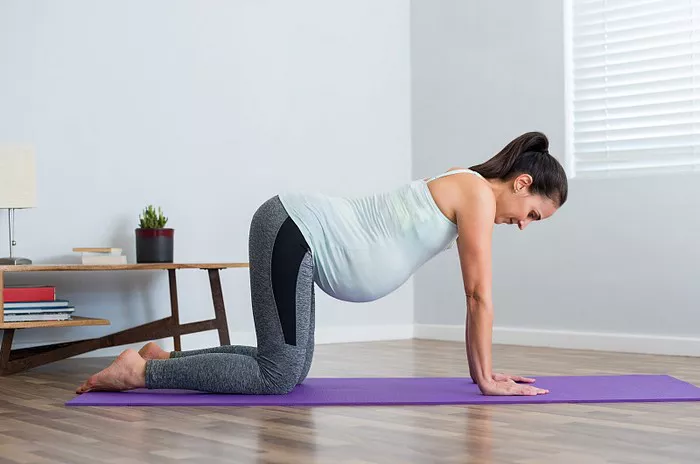In the quest for holistic well-being and spiritual harmony, yoga stands as a beacon, offering a diverse range of practices to cater to different needs and preferences. Rooted in ancient Indian philosophy, yoga has evolved into a global phenomenon, attracting practitioners from all walks of life. One of the fascinating aspects of yoga is its versatility, manifested in various styles and approaches. In this comprehensive article, we delve into the intricacies of yoga by exploring the four primary types that encapsulate its essence: Hatha Yoga, Vinyasa Yoga, Ashtanga Yoga, and Kundalini Yoga.
Hatha Yoga: The Foundation of Physical Mastery
Hatha Yoga, the foundational practice of physical postures (asanas) and breath control (pranayama), lays the groundwork for many modern yoga styles. The word “Hatha” is a combination of two Sanskrit terms, “ha” (sun) and “tha” (moon), symbolizing the union of opposites. This type of yoga seeks to balance the dualities within the body and mind, promoting strength, flexibility, and mental clarity.
Hatha classes typically involve a series of static poses held for varying durations, allowing practitioners to explore their physical limits and enhance their body awareness. Emphasizing alignment and mindful breathing, Hatha Yoga provides a solid foundation for beginners and seasoned yogis alike. The deliberate pace of Hatha allows individuals to deepen their connection with their bodies, fostering a sense of inner harmony and balance.
Vinyasa Yoga: The Dance of Breath and Movement
Vinyasa Yoga, often referred to as “flow” yoga, seamlessly synchronizes breath with movement. Unlike the static nature of Hatha, Vinyasa classes are dynamic and fluid, resembling a graceful dance that transitions seamlessly from one pose to another. The term “Vinyasa” translates to “connection” in Sanskrit, emphasizing the link between breath and movement.
In a Vinyasa class, practitioners experience a continuous flow of poses, each linked by intentional breathwork. This dynamic practice not only builds strength and flexibility but also cultivates a moving meditation, encouraging a focused and present state of mind. Vinyasa Yoga offers a diverse range of sequences, allowing practitioners to explore various postures and creative transitions, making it an appealing choice for those seeking a more energetic and fluid practice.
Ashtanga Yoga: The Eight-Limbed Path to Mastery
Ashtanga Yoga, rooted in the teachings of ancient yogic sage Patanjali, follows the eight-fold path outlined in the Yoga Sutras. This disciplined and structured practice is characterized by a set sequence of poses, combined with specific breath patterns and gaze points. Ashtanga is designed to purify the body and mind, promoting self-discipline and spiritual growth.
The primary series of Ashtanga, known as Yoga Chikitsa, focuses on detoxifying and aligning the physical body. As practitioners advance, they may progress to more challenging series, each building upon the foundation of the previous. Ashtanga Yoga is renowned for its demanding nature, requiring dedication and consistency. The practice becomes a moving meditation, guiding practitioners towards a state of internal stillness while fostering physical strength and endurance.
Kundalini Yoga: Awakening the Serpent Energy Within
Kundalini Yoga, often referred to as the “yoga of awareness,” delves into the energetic and spiritual dimensions of the practice. The term “Kundalini” refers to the dormant spiritual energy believed to reside at the base of the spine, often depicted as a coiled serpent. The aim of Kundalini Yoga is to awaken this energy, allowing it to ascend through the chakras and unite with the cosmic consciousness.
Kundalini classes are diverse and may include a combination of dynamic movements, breathwork, chanting, and meditation. The emphasis on the breath, known as pranayama, is central to unlocking the dormant energy within. Kundalini practitioners often experience a heightened sense of awareness, expanded consciousness, and a deep connection to their spiritual essence. This type of yoga is particularly suitable for those seeking a transformative and spiritually enriching practice.
Conclusion
The beauty of yoga lies in its inclusivity. Regardless of age, fitness level, or spiritual inclination, there is a type of yoga that resonates with each individual. By exploring these four primary types – Hatha, Vinyasa, Ashtanga, and Kundalini – practitioners can embark on a transformative journey that not only enhances physical well-being but also nurtures the mind and soul, paving the way to a more balanced and harmonious life.




















